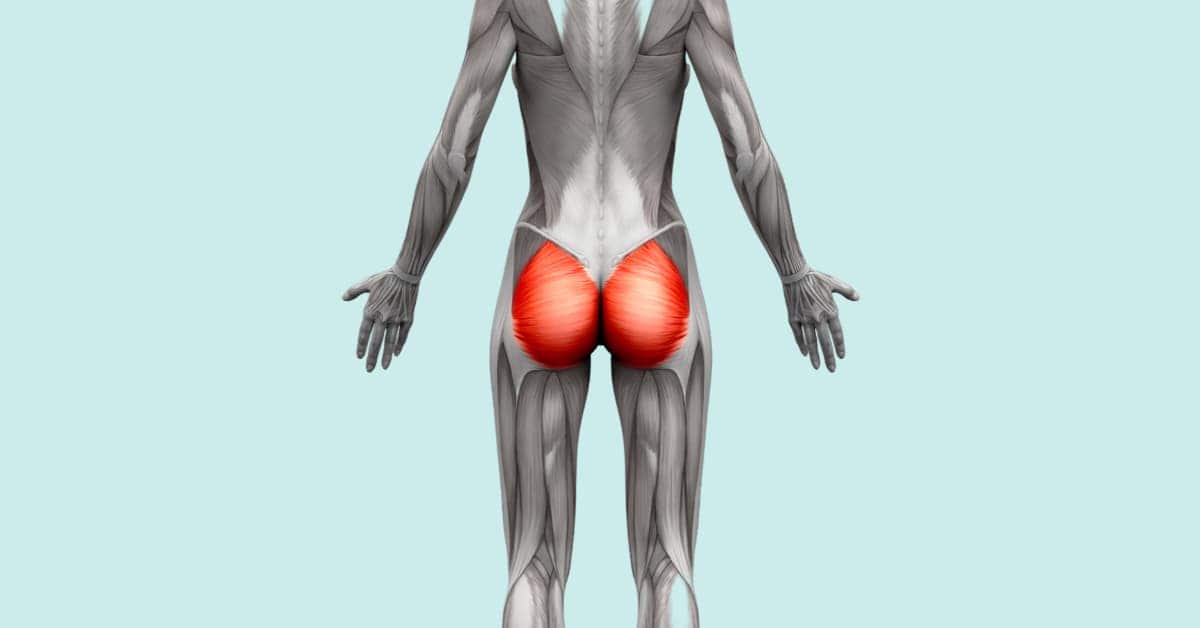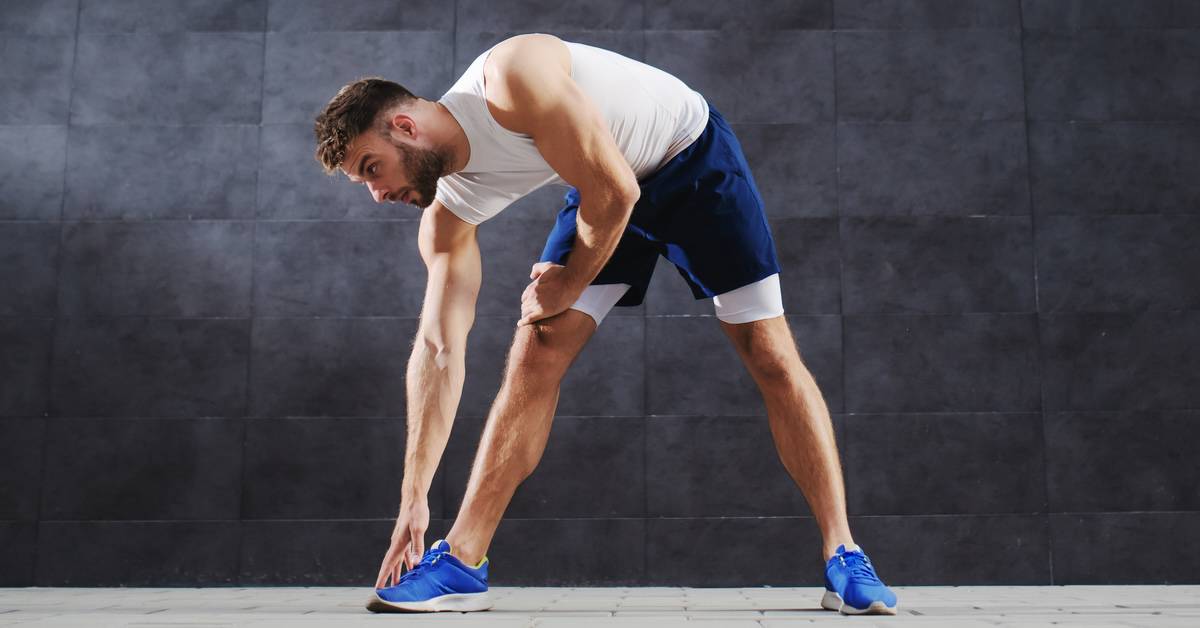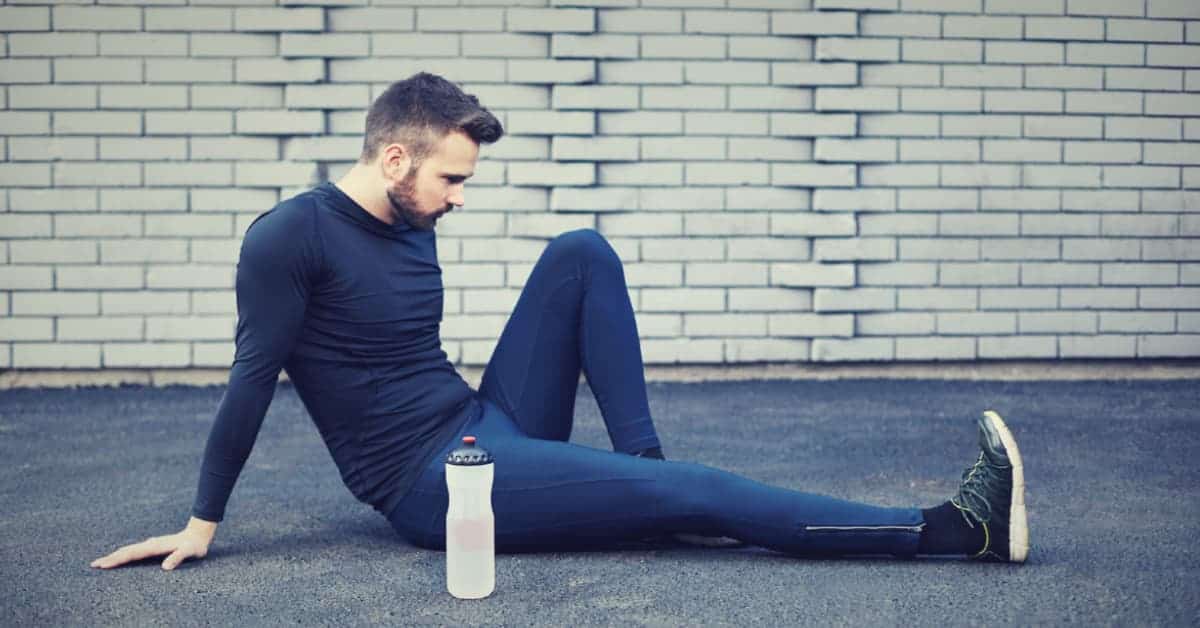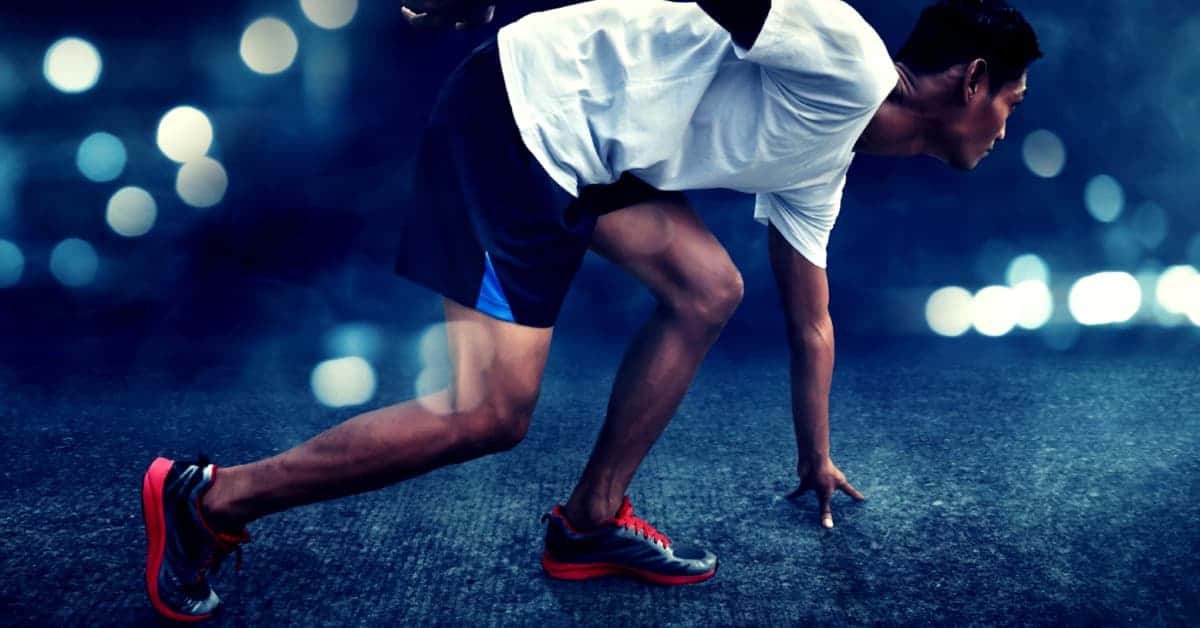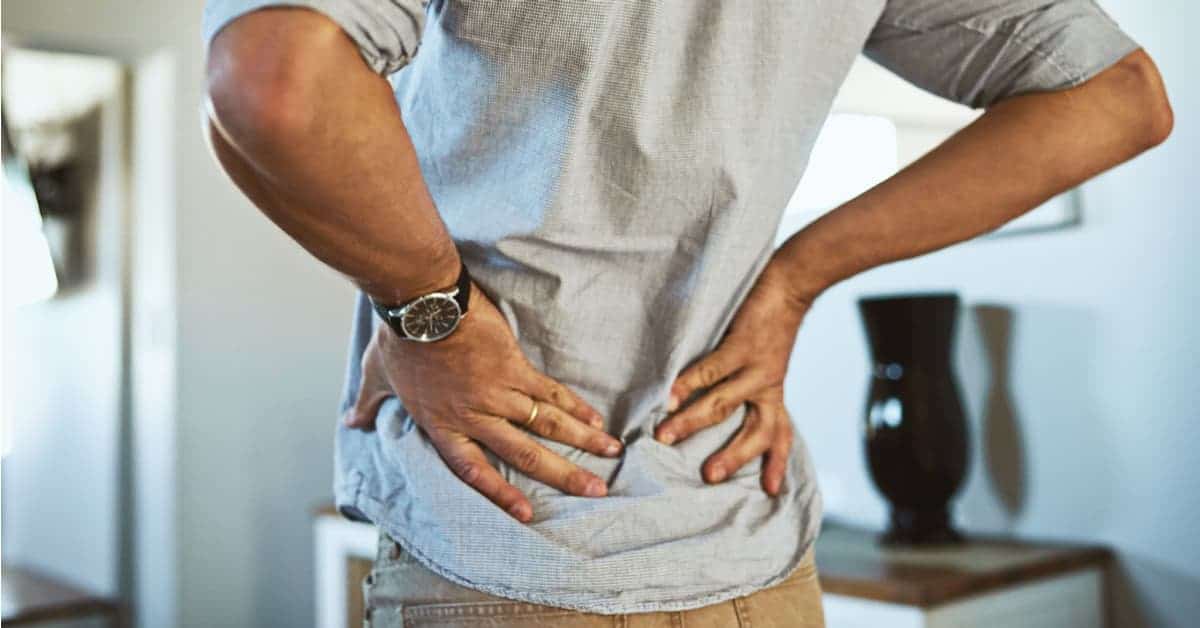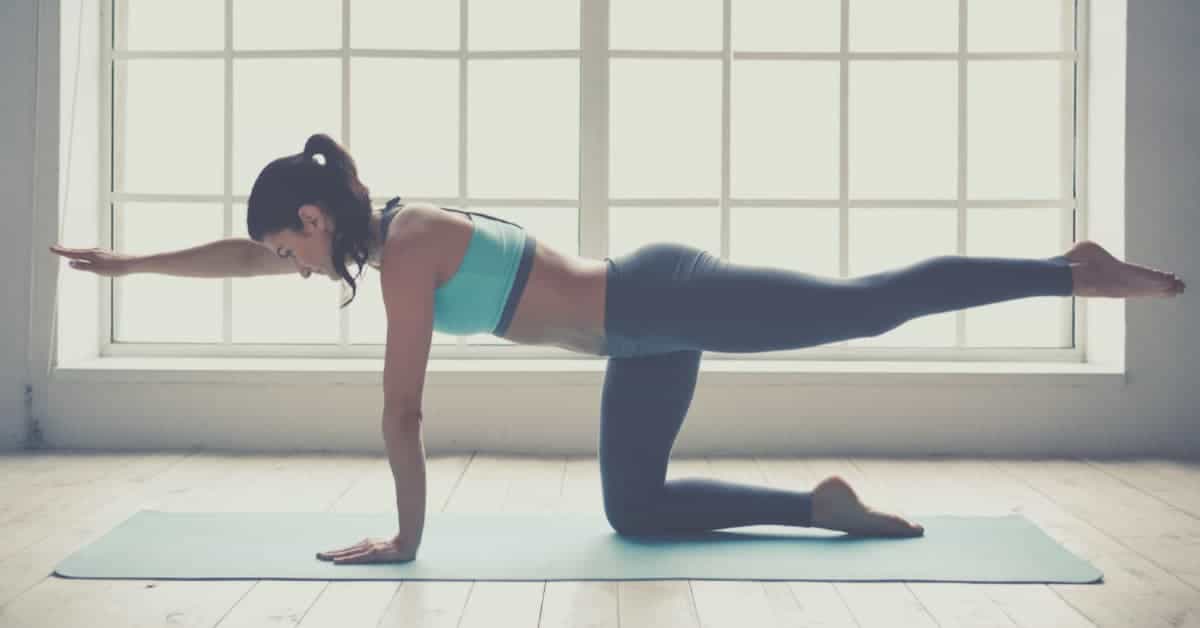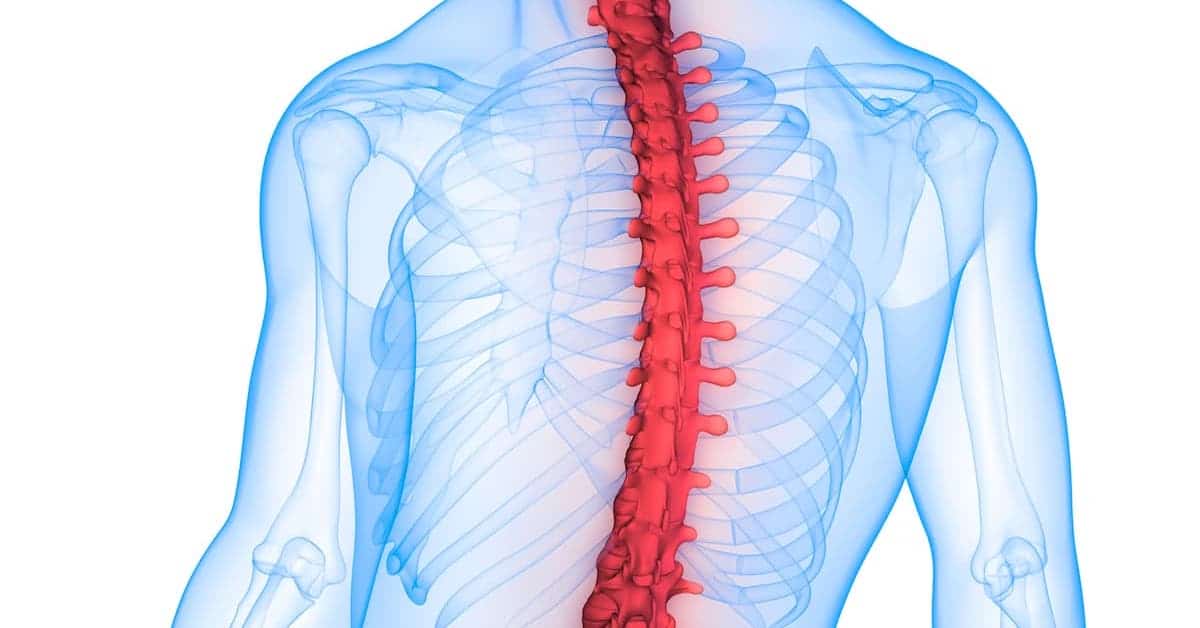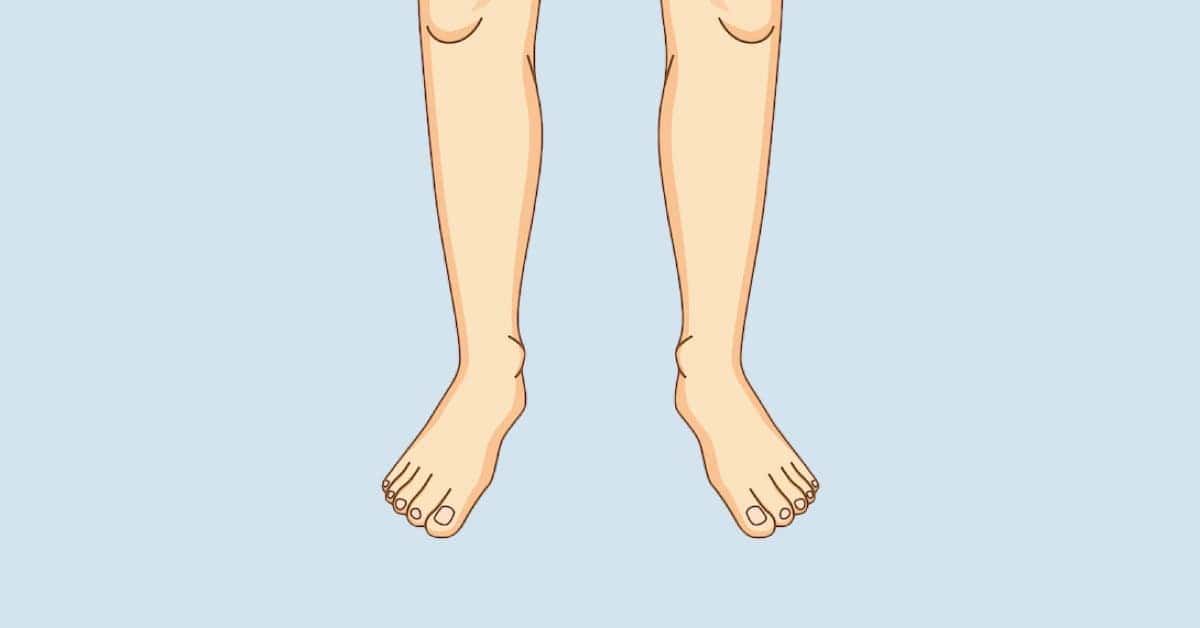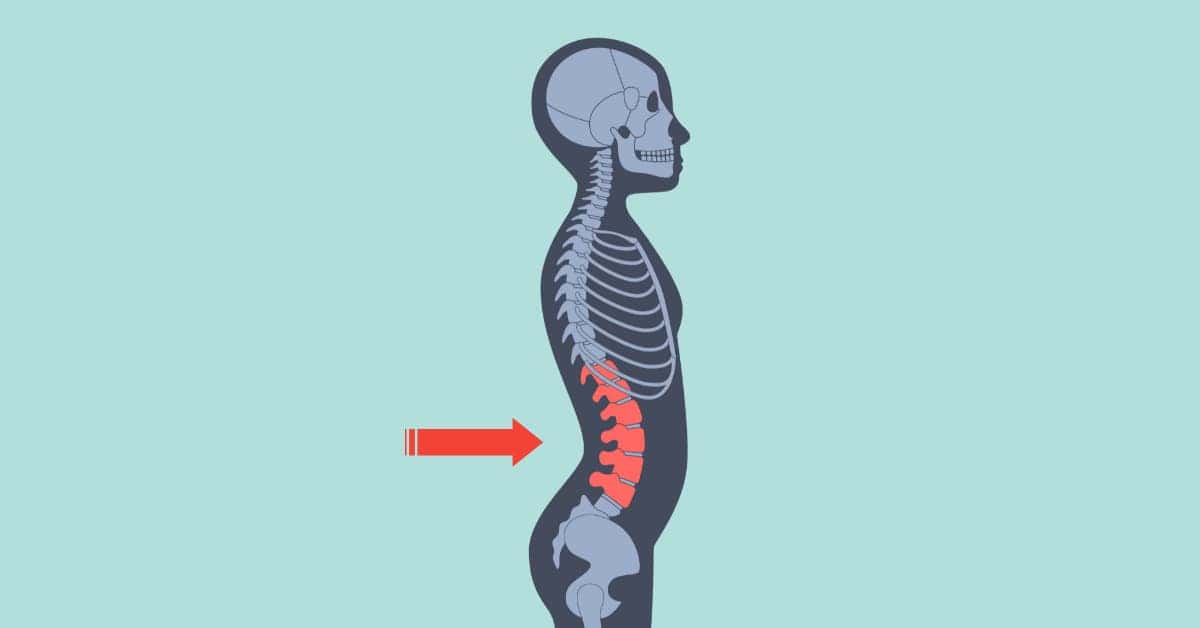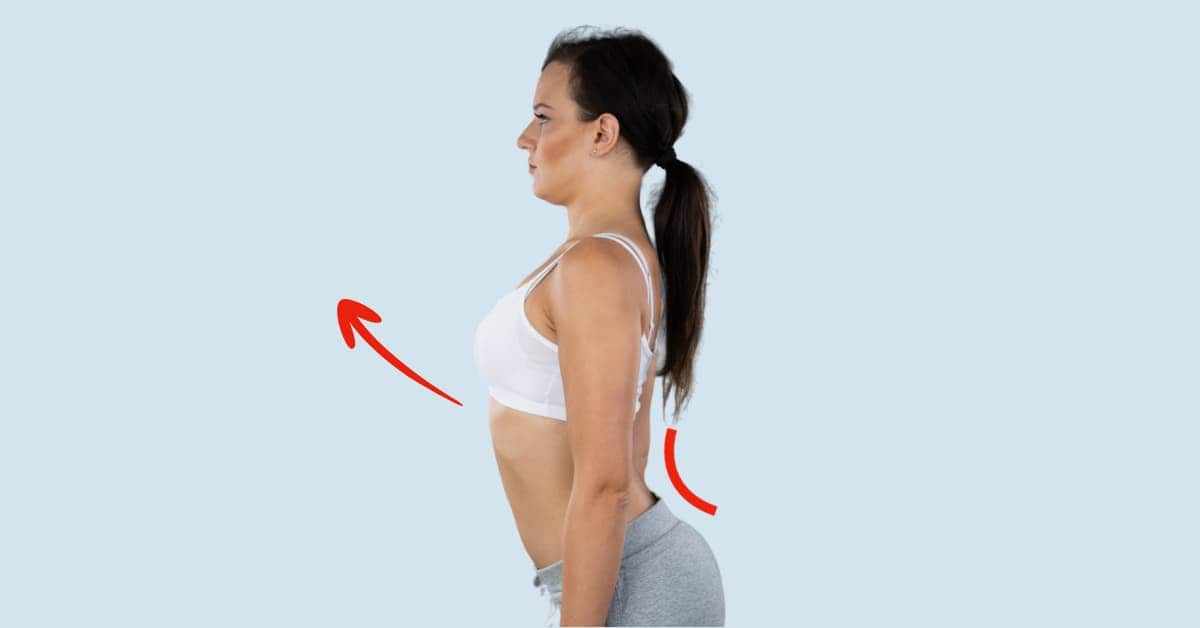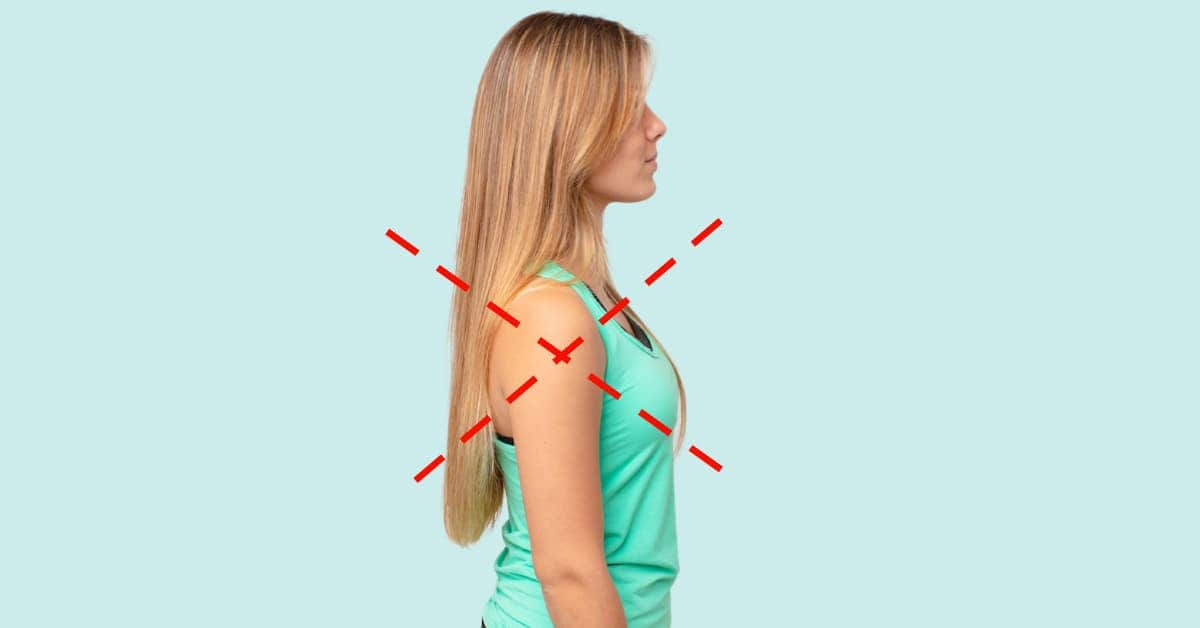Glute amnesia, also known as “dead butt syndrome,” is a condition in which the gluteal muscles become less active or “switch off” during physical activities.
Symptoms of glute amnesia may include difficulty engaging the glutes during exercise, poor posture, lower back pain, and decreased overall athletic performance.
The inability to properly activate the glutes can negatively impact physical performance by causing muscle imbalances and compensations, leading to poor movement patterns, inefficient workouts, and an increased risk of injuries.
I. Identifying the Causes of Glute Amnesia
Before diving into solutions, it’s crucial to understand the root causes of glute amnesia.
A. Sedentary lifestyle and prolonged sitting
A sedentary lifestyle, characterized by prolonged sitting and inactivity, is often the main cause of glute amnesia. Excessive sitting can lead to shortened hip flexors, which may become tight over time. When the hip flexors are too tight, they can inhibit hip extension and, as a result, hinder the glutes from activating properly.
Moreover, prolonged compression of the glutes while sitting can cause them to lose their elasticity and ability to contract effectively. Over time, this may result in reduced engagement of the glutes during physical activities.
B. Insufficient glute exercises or incorrect form
Glute amnesia can also develop if an individual doesn’t perform enough targeted glute exercises. Focusing on exercises that strengthen other muscle groups without engaging the glutes can lead to imbalances and compensations.
Incorrect exercise form can further contribute to glute amnesia, as the improper technique may allow other parts of the body to take over the work of the glutes. This phenomenon is known as synergistic dominance, where a muscle compensates for the weakness or lack of activation in another muscle, in this case, the glutes.
For example, during a traditional squat, rather than using both the glutes and quadriceps, the quadriceps might take over all the work, while the glutes are barely engaged or not activated at all. This can lead to strong quadriceps that overcompensate for weak glutes, exacerbating muscle imbalances and perpetuating glute amnesia. Other muscles that exhibit synergistic dominance over the glutes include the hamstrings and hip flexors.
C. Injuries and rehabilitation
If not properly rehabilitated, previous injuries, especially those involving the lower back, hips, or legs, can contribute to glute amnesia. Incomplete recovery or inadequate rehabilitation may lead to muscle imbalances, compensations, and decreased glute activation.
II. Testing for Glute Amnesia: Assessing Glute Activation
Testing for glute amnesia does not involve complex requirements. The main question to consider is whether the glutes activate as they should.
To determine if the glutes are functioning correctly, perform an exercise targeting the glutes and observe if they actively engage in the movement or if another muscle compensates for their role.
The single-leg glute bridge is a suitable exercise for assessing glute amnesia. While executing the exercise, consider whether the glute is activating or if another muscle, such as the hip flexors or hamstrings, is performing the work instead.
Glute amnesia may be present if fatigue is experienced in a muscle other than the glute.
III. Overview of the Plan to Fix Glute Amnesia
In the following sections, a comprehensive plan will be provided to address glute amnesia, which includes the following:
- Addressing tight hip flexors: Focusing on improving hip extension via hip flexor release techniques and targeted stretches, can help the glutes to activate.
- Glute activation exercises: Specific glute activation exercises will be performed to establish a strong mind-muscle connection with the glutes to ensure proper firing during exercise and daily activities.
- Strengthening the glutes: The glutes will be strengthened using a variety of exercises while maintaining awareness of the synergistic dominance of other muscle groups.
IV. Releasing and Stretching Tight Hip Flexors
We will now focus on releasing and stretching your tight hip flexors to improve hip extension and glute activation. These techniques will help alleviate tightness and enhance your range of motion.
Foam rolling the hip flexors
- Position the foam roller beneath your hip flexor on one side.
- Slowly roll back and forth, applying pressure to the hip flexor.
- Pause on any tight spots for 20-30 seconds.
- Repeat on the other side.
Massage ball hip flexor release
- Place a massage ball beneath your hip flexor on one side.
- Apply pressure and slowly move the ball around the hip flexor area.
- Pause on any tight spots for 20-30 seconds.
- Repeat on the other side.
Kneeling hip flexor stretch
- Begin in a lunge position with one knee on the ground and the other foot flat on the ground in front of you.
- Keep your chest upright and push your hips forward until you feel a stretch in the hip flexor of the back leg.
- Hold for at least 30 seconds.
- Repeat on the other side.
Related: The best hip flexor stretches
V. Glute Activation Exercises
This section will explore specific glute exercises to help with glute activation. As these exercises are performed, it is crucial to maintain a mind-muscle connection with the glutes.
The mind-muscle connection refers to the conscious focus on contracting and engaging the targeted muscle group during exercise, allowing optimal activation and performance. By establishing this connection with the glutes, they can function effectively during exercise and daily activities.
Clamshells
- Lie on your side with your knees bent and feet together.
- Keeping your feet together, lift your top knee as high as possible without moving your pelvis.
- Slowly lower your knee back down.
- Perform 10-15 repetitions on each side.
Side-lying leg raises
- Lie on your side with your legs straight and stacked on top of each other.
- Bend the lower knee and raise your top leg as high as possible while keeping it straight.
- Slowly lower your leg back down.
- Perform 10-15 repetitions on each side.
Glute bridges
- Lie on your back with your knees bent and feet flat on the ground.
- Squeeze your glutes and lift your hips off the ground, creating a straight line from your knees to your shoulders.
- Slowly lower your hips back down.
- Perform 10-15 repetitions.
VI. Strengthening the Glutes
In this section, we will strengthen your glutes using a variety of exercises. While performing these exercises, remember to be mindful of synergistic dominance and consider foam rolling or using a massage ball on the muscles that may tend to take over during these movements.
Donkey kicks
- Start on all fours with your hands under your shoulders and your knees under your hips.
- Keeping your knee bent, lift your right leg up and back, aiming to get your foot toward the ceiling.
- Slowly lower your leg back down.
- Perform 10-15 repetitions on each side.
Single-leg glute bridges
- Lie on your back with your knees bent and feet flat on the ground.
- Extend one leg straight out while keeping the other foot on the ground.
- Squeeze your glutes and lift your hips off the ground, creating a straight line from your knees to your shoulders.
- Slowly lower your hips back down.
- Perform 10-15 repetitions on each side.
Squats
- Stand with your feet shoulder-width apart.
- Lower your body by bending your knees and pushing your hips back as if you were sitting in a chair.
- Keep your chest up and your back straight as you lower down.
- Push through your heels to return to the starting position.
- Perform 10-15 repetitions.
VIII. Additional Tips for Addressing Glute Amnesia
- Focus on posture: Maintaining good posture throughout the day can help you engage your glutes more effectively. Be mindful of your posture when sitting, standing, and walking.
- Take breaks and move to reduce sitting time: If you have a sedentary job or lifestyle, try to take breaks and move around throughout the day. Reducing sitting time can help alleviate tightness in your hip flexors and keep your glutes engaged.
- Foam roll or massage overactive muscles before working out: Using a foam roller or massage ball on the muscles that tend to take over the work of your glutes, such as the hip flexors and hamstrings, can help prevent overcompensation and improve glute activation during your workouts.
- Enhance the mind-muscle connection: Focus on consciously engaging your glutes during exercises to improve the mind-muscle connection. This can help ensure your glutes are properly activated and working effectively throughout your workout.
Putting Glute Amnesia Behind You
As you can see, glute amnesia is a common issue that many people face, but it can be effectively addressed with the right techniques, exercises, and mindset. By understanding the causes of glute amnesia, taking steps to improve hip flexibility, and incorporating targeted glute activation and strengthening exercises into your routine, you can regain control of your glutes and boost their overall function.
Remember to be consistent, patient, and mindful throughout your journey. As you continue to work on your glutes, you’ll see improvements in your performance and enjoy the benefits of a stronger, more stable lower body.
